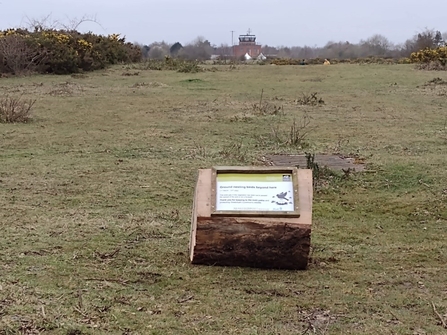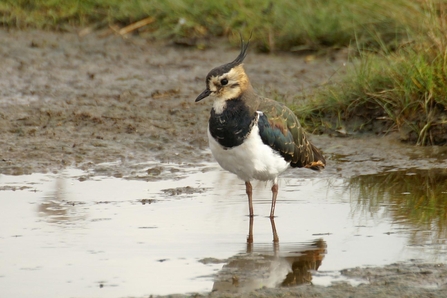Each year BBOWT employs three seasonal wardens to help engage visitors in the protection of groundnesting birds at Greenham and Crookham Commons and Snelsmore Common. These sites contain important lowland heathland habitat, with Greenham Common being one of the remaining strongholds in West Berkshire for some key species.
Clare, Zoe and Chris have been out and about in the wonderful springtime weather speaking to visitors about the birds and the site restrictions, with the main message being to keep to the main paths and the 'Green Zones'.
Clare and Zoe have carried out this role in previous years so they bring lots of knowledge and experience with them, and Chris is new to the team for 2021. If you see them out on site, please do say hello.



